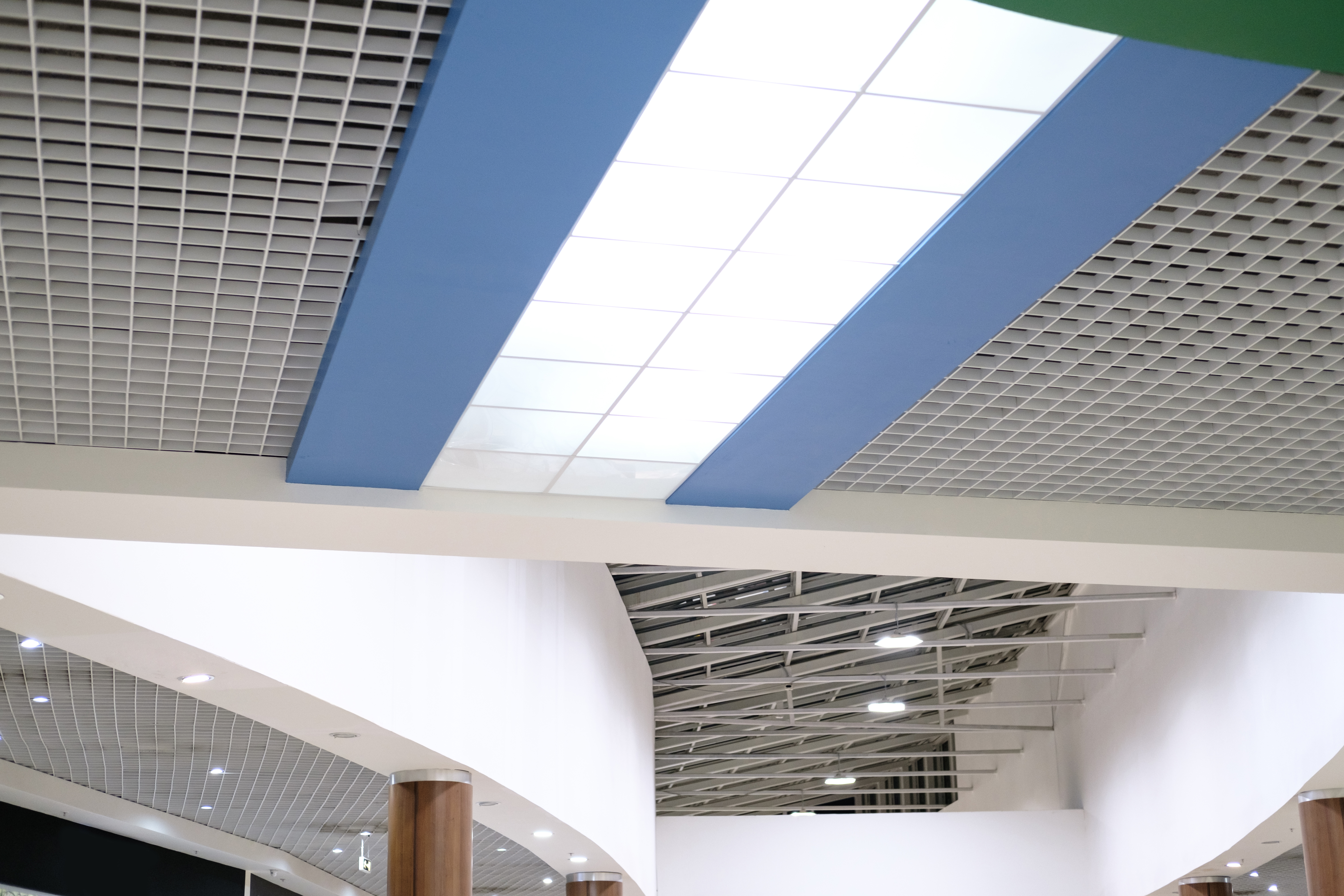
Shopping centers, malls, and retail stores are bustling environments with high occupancy and a multitude of internal heat sources. Managing the indoor climate in these spaces is crucial to create a comfortable and pleasant shopping experience for customers while also optimizing energy usage and minimizing operational costs.
One key aspect to consider in the design and operation of shopping centers is the harnessing of internal heat sources for heating during the winter months. Internal factors such as lighting, human presence, and electronic devices generate heat that can be captured and utilized to provide warmth. This heat recovery process helps to reduce the reliance on traditional heating systems, leading to energy savings and cost efficiency. By employing heat recovery systems, the excess heat generated by these sources can be redirected to heat the building, ensuring a comfortable environment for both shoppers and employees.
However, as the summer season arrives, the focus shifts to swiftly and effectively removing the heat from the building to prevent excessive cooling requirements. The high occupancy, extensive lighting, and presence of electronic equipment in shopping centers contribute to increased heat levels. Without proper heat removal, the indoor environment can become uncomfortable, leading to potential customer dissatisfaction and decreased footfall.
To address this, proper air exchange becomes crucial in shopping centers. Adequate ventilation systems should be in place to efficiently remove the heat and maintain a comfortable temperature. Continuous air exchange helps to dissipate heat, remove stale air, and introduce fresh air into the space. This process not only promotes customer comfort but also contributes to maintaining good indoor air quality, reducing the buildup of odors and pollutants.
Balancing customer comfort with ventilation expenses is a critical consideration. It is essential to strike a balance between providing sufficient air exchange for cooling purposes while minimizing energy consumption. Properly designed and implemented ventilation systems can help achieve this balance. By employing energy-efficient ventilation technologies, such as demand-controlled ventilation or variable air volume systems, the airflow can be optimized based on occupancy levels and cooling requirements. This allows for the effective removal of heat when needed while avoiding excessive ventilation that can lead to unnecessary energy usage.
Moreover, advanced control systems and sensors can be integrated into the ventilation system to monitor and adjust the airflow based on real-time conditions. These systems can detect occupancy levels, temperature variations, and air quality, allowing for precise control and energy optimization. By utilizing intelligent control strategies, the ventilation system can respond dynamically to the changing needs of the shopping center, ensuring efficient heat removal and enhancing overall energy performance.
It is also worth noting that implementing energy-efficient lighting solutions, such as LED lighting, can significantly reduce the internal heat load in shopping centers. LED lights produce less heat compared to traditional lighting sources, resulting in lower cooling requirements and less strain on the ventilation system.
In conclusion, shopping centers, malls, and retail stores face unique challenges in managing the indoor climate due to high occupancy and various internal heat sources. By harnessing the heat emitted by internal factors for heating during winter and implementing effective heat removal strategies during summer, a balance can be achieved between customer comfort and ventilation expenses. Through the utilization of energy-efficient ventilation technologies, advanced control systems, and efficient lighting solutions, shopping centers can create a comfortable environment for shoppers while optimizing energy usage and minimizing operational costs.
Find Us
Inair India,
4th floor, Fortune Monarch Towers,
Road number 36, Jubilee hills,
Popular Searches
© 2023 – Inair
Privacy Policy© 2023 – Inair
Privacy Policy